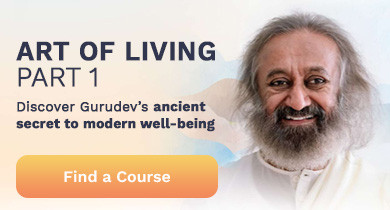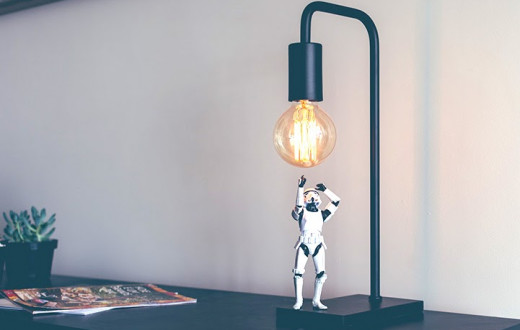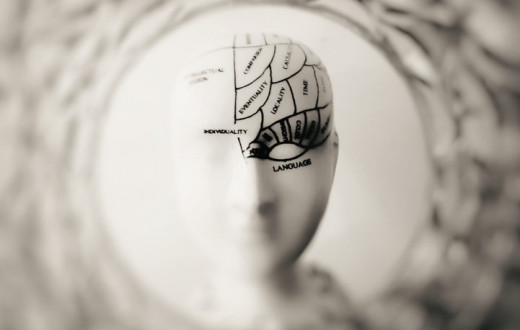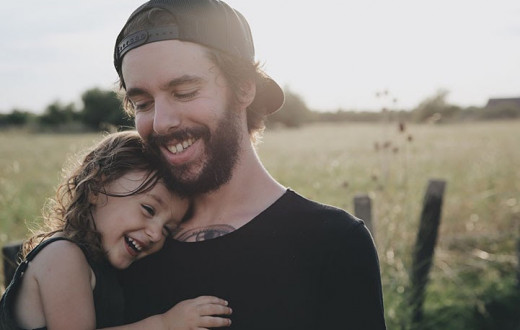
Just as your heart is the center of the circulatory system, the lungs are the center of the respiratory (breathing) system.
These balloon-like, spongy, pinkish, organs in the chest are wide at the base and narrow at the top. The right lung is made up of three lobes: the upper, middle, and lower. In order to make room for the heart, the left lung has just two lobes: upper and lower.
There are two types of respiration performed by the lungs, these are external respiration and cellular respiration.
External respiration is the physiological process of inhaling and exhaling gasses between the body and the environment. The mechanism of breathing involves various respiratory structures, such as the nose, windpipe, and lungs.
Cellular respiration is a chemical process that takes place in every cell of the body. The air that we inhale brings fresh oxygen into the lungs, which is carried by the blood to the cells, where it helps break down glucose and generate energy. This energy is then used by the cells to carry out their respective functions. Cellular respiration also produces water and carbon dioxide. CO2 is transported to the lungs and then out of the body when we breathe out. In healthy individuals, breathing out happens mostly on its own due to the elasticity of the lungs and muscles of respiration.
Every cell of the body needs oxygen and also needs to get rid of carbon dioxide to stay healthy and function optimally. This is why our lung capacity and how we breathe play a crucial role in our overall health.
During his guided meditations, Gurudev Sri Sri Ravi Shankar says, "Incoming breath energizes the body, the outgoing breath brings relaxation." Such scientifically correct instructions!
Building the muscles of respiration with lung exercises
The muscles of respiration, including the diaphragm and intercostals, help our lungs to expand and contract as we breathe, and are essential to proper lung function. The elasticity of these muscles is crucial to lung health and proper deep breathing. When these muscles are weak, lung function is diminished, which can lead to shortness of breath. That’s why it is very important to exercise these muscles and build strength in the respiratory system.
This video from Donna Wilson, a registered respiratory therapist, shows how to do exercises to make your respiratory system stronger and more flexible.
Breathing exercises to increase lung capacity
According to the American Lung Association, "When you have healthy lungs, breathing is natural and easy. You breathe in and out with your diaphragm doing about 80 percent of the work to fill your lungs with a mixture of oxygen and other gasses, and then to send the waste gas out.
But with a respiratory illness like asthma and especially with chronic obstructive pulmonary disease (COPD), our lungs lose that springiness. This translates into lower oxygen levels and less reserve for exercise and activity. If practiced regularly, breathing exercises can help rid the lungs of accumulated stale air, increase oxygen levels, and get the diaphragm to return to its job of helping you breathe."
Talk to your healthcare provider before starting any of the following exercises. If you have severe symptoms of COPD, you may need pulmonary rehabilitation.
Pulmonary rehabilitation is a program that teaches you about your lungs, your disease, and how to do breathing exercises to get more air and more oxygen into your system, so you can do your daily activities with less shortness of breath.
Let's learn 3 deep breathing exercises:
Pursed lip breathing
According to Medical News Today, the practice of pursed-lip breathing, also known as the straw breathing technique, can help strengthen the lungs and make them work more efficiently.
Practice straw breathing along with this video:
Diaphragmatic breathing
Diaphragmatic breathing, also known as belly breathing, can help to engage your diaphragm fully and facilitate deeper breathing. Find the step-by-step practice instructions here.
Full yogic breath
With this breathing exercise, we learn to make full use of our lung capacity and involve all the muscles of respiration.
How to practice full yogic breath:
Sit or lie down on your back on a comfortable, flat surface. If there is any strain in your back, keep your knees bent. Relax your body.
Relax your shoulders, head, and neck by gently rolling them a couple of times.
Put one hand on your upper chest and the other hand on your belly.
Take a long, full, easy breath in through your nose.
As you inhale, expand your belly and chest, feeling the lift in your collarbones and expansion in your shoulders.
After the full inhalation, start to exhale, relaxing your shoulders, chest, and abdomen.
Repeat 7-10 times.
Keep your breath long, even, and smooth.
All of the above three exercises will help reduce stress, anxiety, and shortness of breath. That’s why these exercises are helpful even for healthy, physically active individuals. They can also be helpful for high-intensity aerobic workouts.
SKY Breath Meditation and lung health
SKY Breath Meditation is a breathing technique that involves the use of specific rhythms and breath patterns. This evidence-based technique has been shown to reduce stress and anxiety, and improve the overall quality of life by over 100 publications in peer-reviewed journals.
Research on SKY has confirmed the following improvement in respiratory function:
respiration rate dropped by 5% in 1 week and 15% in 12 weeks
increased lung capacity (vital/forced vital) in one year
improvement in pulmonary functions in healthy individuals in about 90 days
Millions of people across the globe have benefited from SKY. If you would like to learn more about SKY, you are invited to join the free introductory class that offers a breathing exercise and a guided meditation. If you have any existing medical conditions like COPD, it is recommended that you talk to your doctor if you wish to learn SKY.
Breath in, breathe out, and be healthy and happy!
Disclaimer: This content on the Art of Living Blog is not intended to be a substitute for professional medical advice, diagnosis or treatment. Always seek the advice of your physician or other qualified health providers with any questions you may have regarding a medical condition. Any links to third-party websites are provided as a convenience only and the Art of Living Blog is not responsible for their content.




























